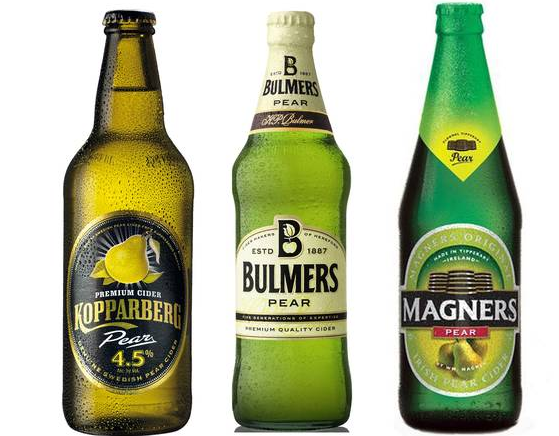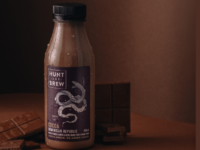 Growth in the demand for cider in the global markets has put it squarely back on the alcohol beverage map, attracting a younger and more affluent consumer, according to agribanking specialist, Rabobank.
Growth in the demand for cider in the global markets has put it squarely back on the alcohol beverage map, attracting a younger and more affluent consumer, according to agribanking specialist, Rabobank.
Rabobank’s latest report on the international beverage sector highlights the relative appeal of cider to younger, better-heeled consumers, both male and female. This presents a real threat to competing alcohol beverage categories, with wine companies having ceded the high ground to beer companies in the fight to defend their “share of throat” from cider.
Rabobank senior beverages analyst, Marc Soccio, said in the past decade the cider category has gone a long way to discard its old fashioned image and connect with a new wave of consumers.
“Not unlike the rise of craft beer before it, the recent success of cider producers in tapping into a seemingly ready and growing global market for their products has provided further evidence of rising segmentation within many maturing alcohol beverage markets,” Soccio said. “Sensing the opportunity, new and existing suppliers are busily testing the boundaries of the cider category, with a surge in product innovation and marketing activity. Outside of Western Europe, New Zealand, Australia, North America, and South Africa are quickly expanding as consumers begin to explore the cider category with greater interest.”
And this is a trend that is likely to continue. Soccio said cider might be consumed more like beer, but the wine industry needs to come to terms with the fact that it is not simply a threat to the beer category.
“The impact might still be at the margin, but wine companies need to seriously consider what might lead their current and future consumers astray as cider once again enters the big leagues in key markets at home and abroad,” he said.
According to the latest Rabobank Wine Quarterly report, global wine consumption is estimated to have fallen modestly by one per cent in 2014, while global wine supply is estimated to have fallen by nearly five per cent from the bumper 2013 crop. The countries largely behind the fall in supply were Italy at minus 17 per cent, Spain at minus six per cent, and Chile at minus 18 per cent.
The report said wine producers will be looking intently at the size of the global harvest in 2015 to relieve supply pressure on mainstream wine segments.















